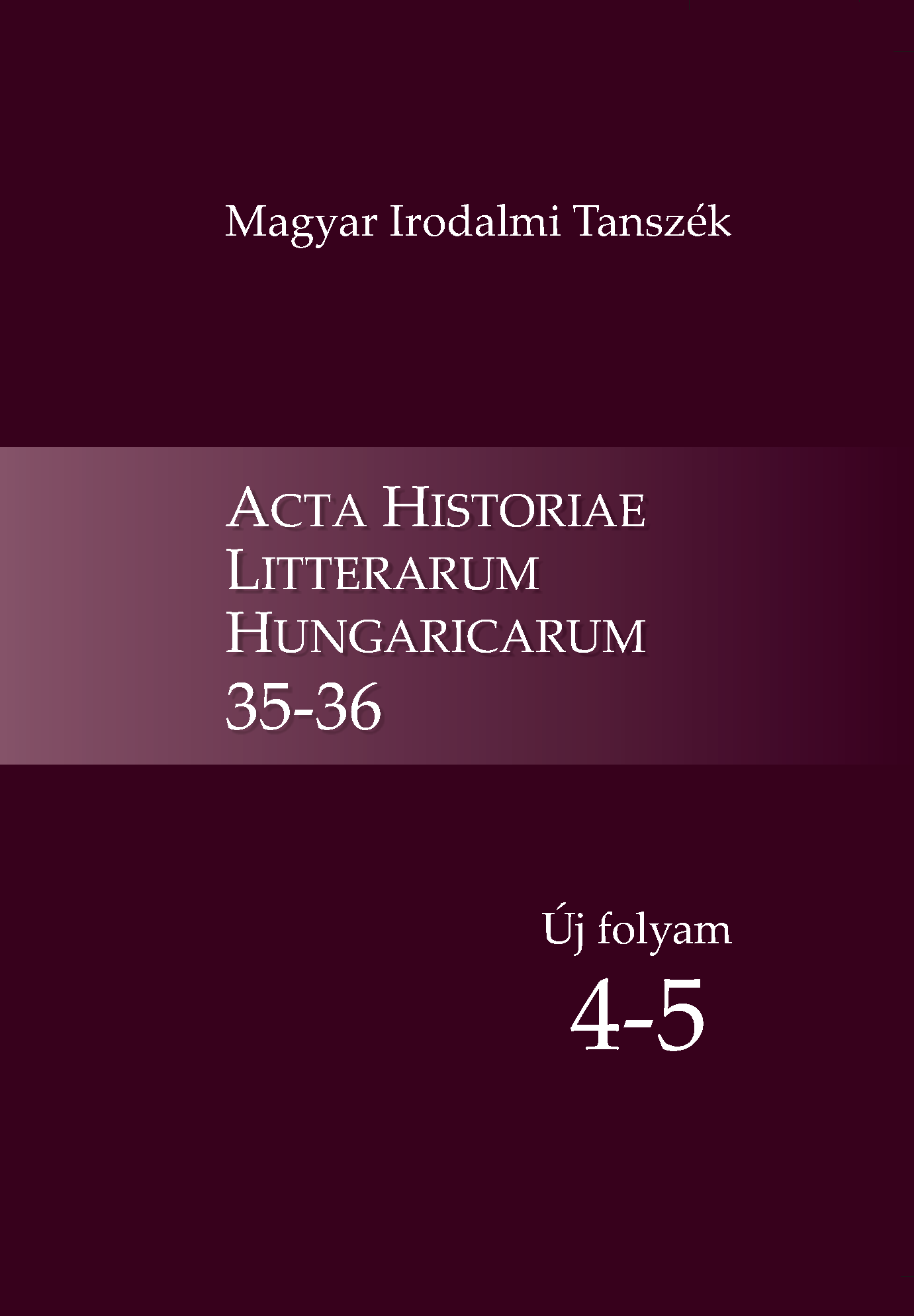Birth and Growth of a „Language Mask”: Kakas Márton, the „resident spirit” of Mór Jókai
Main Article Content
Abstract
Mór Jókai, one of the most productive and definitely the most successful prose writer of 19th century Hungarian literature used many pseudonyms for his periodical publications. In my paper I examine and distinguish the types of these pseudonyms with the help of international and Hungarian literature on pseudonymia. I rely mostly on Gérard Genette’s, Brian McHale’s and Németh Zoltán’s researches.
Jókai’s most frequently used and most famous pseudonym was Kakas Márton, which started out as the name of a figure in a comic journal, but in time and with the „wandering” of the figure from one journal to another it became the writer’s alterego. One can trace Kakas Márton’s „birth”, his heydays, his manner of speech, his favourite subjects, his series of articles and his afterlife in the popular periodicals of the era: Vasárnapi Ujság, in which Kakas Márton appeared for the first time, the short-lived Nagy Tükör, Kakas Márton Albuma, and the successor of these two, Üstökös – also the later „home” of the figure.
From merely listing these periodicals it already becomes clear that there is a vast amount of Kakas Márton texts. That is one of the reasons why I am studying only those which can be found in the autobiographical volume Életemből (published between 1886 and 1887). But it was also my intention to discover the reasons why these texts, published under a pseudonym, ended up in an autobiographical volume, how they are positioned in it, how does the writer separate them from the other texts, and what kind of new interpretations may result from reading them in this book instead of the press.

